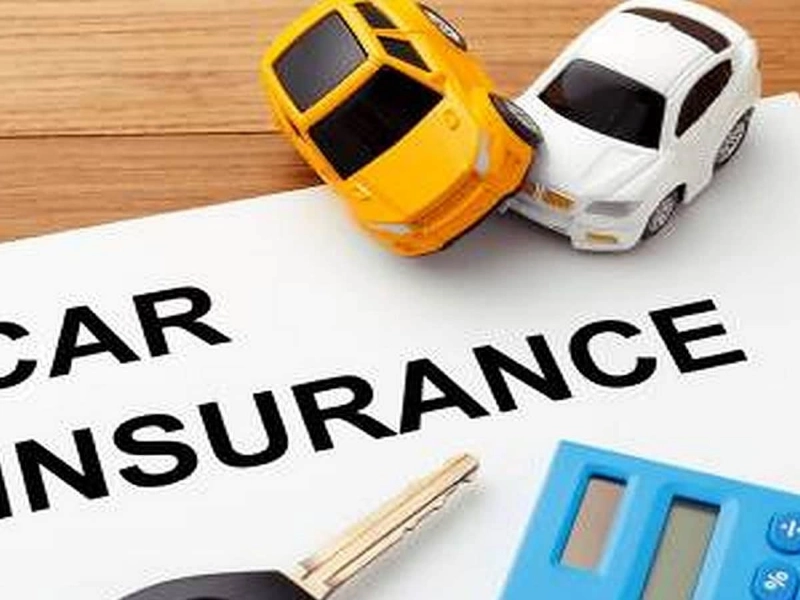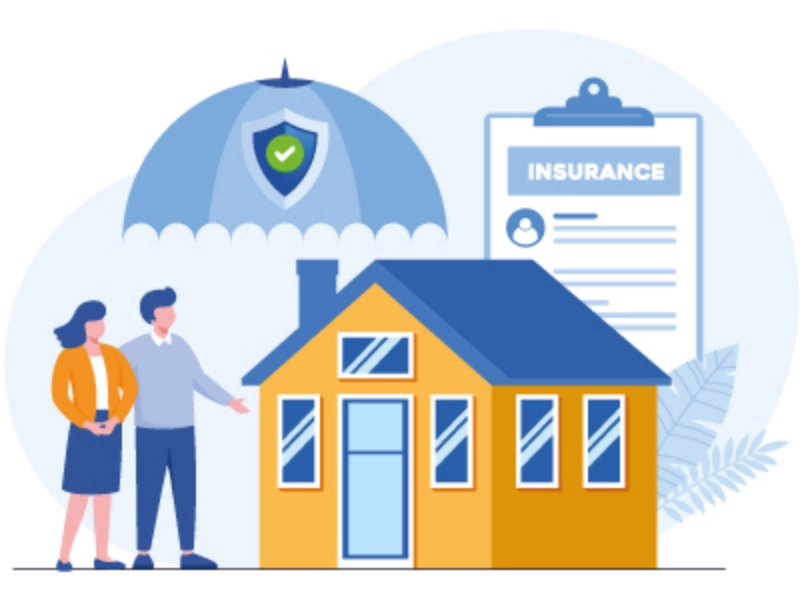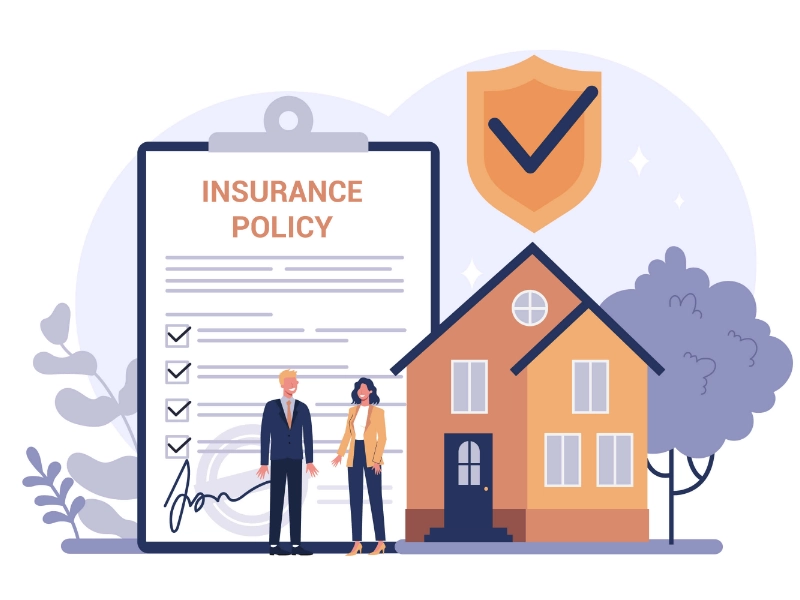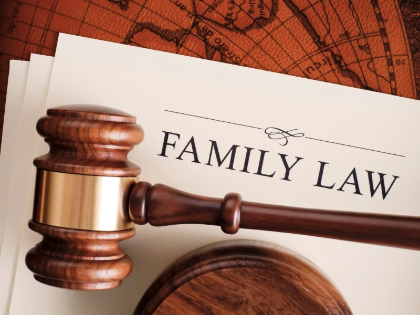Has a natural disaster or flood covered my car?
Depending on your insurance, you may or may not be insured for natural disasters with your car. While many states only mandate liability insurance for drivers, comprehensive vehicle insurance policies frequently offer protection against natural catastrophe damage. It's critical to submit an insurance claim as soon as possible in the event of a tragedy. By doing this, you'll enable your insurer to evaluate the damage and resume driving more quickly.
Entire Coverage

Insurance Against Collisions
 Car damage from natural catastrophes like floods, hurricanes, earthquakes, and wildfires can be costly to replace or repair. However, comprehensive coverage on your auto insurance policy can pay for this kind of damage. By looking into your policy or getting in touch with your insurance company, you can learn more about the details of your particular coverage.
All events not specifically covered by your collision policy—the type of damage your auto insurance pays for when you cause an accident—are typically covered by comprehensive coverage. In addition to being frequently mandated by lenders, whether you lease or have an auto loan, having both kinds of coverage can be crucial for drivers.
Remember that you will probably have a deductible. A deductible is the sum of money you must pay for each covered claim before your insurance begins to pay. It is important to confirm that you have the funds to cover this deductible, particularly in the event of a natural disaster.
Car damage from natural catastrophes like floods, hurricanes, earthquakes, and wildfires can be costly to replace or repair. However, comprehensive coverage on your auto insurance policy can pay for this kind of damage. By looking into your policy or getting in touch with your insurance company, you can learn more about the details of your particular coverage.
All events not specifically covered by your collision policy—the type of damage your auto insurance pays for when you cause an accident—are typically covered by comprehensive coverage. In addition to being frequently mandated by lenders, whether you lease or have an auto loan, having both kinds of coverage can be crucial for drivers.
Remember that you will probably have a deductible. A deductible is the sum of money you must pay for each covered claim before your insurance begins to pay. It is important to confirm that you have the funds to cover this deductible, particularly in the event of a natural disaster.
Uninsured Driver Protection
 Comprehensive coverage, which helps cover damage from non-collision catastrophes like floods and natural disasters, is often included in full-coverage auto insurance policies. This is generally the best approach to shielding your car from harm from these kinds of incidents. But make sure to obtain this kind of coverage prior to the occurrence of any known natural disaster, since insurers may implement legally binding limitations that prohibit you from adding or modifying policies in the case of a significant incident.
Your rights to compensation for injuries and property damage caused by drivers who lack sufficient insurance are protected by underinsured motorist coverage (UIM) and uninsured motorist coverage (UMI). For these kinds of coverage, you can frequently select the same maximum as your liability policy. To maximize the total amount of compensation you can receive, you can stack UM and UIM with your liability limits in some states. For instance, your claim may be granted up to $300,000 if you have $50,000 in UIM and $100,000 in liability coverage. Inquire about these choices with your agent.
Comprehensive coverage, which helps cover damage from non-collision catastrophes like floods and natural disasters, is often included in full-coverage auto insurance policies. This is generally the best approach to shielding your car from harm from these kinds of incidents. But make sure to obtain this kind of coverage prior to the occurrence of any known natural disaster, since insurers may implement legally binding limitations that prohibit you from adding or modifying policies in the case of a significant incident.
Your rights to compensation for injuries and property damage caused by drivers who lack sufficient insurance are protected by underinsured motorist coverage (UIM) and uninsured motorist coverage (UMI). For these kinds of coverage, you can frequently select the same maximum as your liability policy. To maximize the total amount of compensation you can receive, you can stack UM and UIM with your liability limits in some states. For instance, your claim may be granted up to $300,000 if you have $50,000 in UIM and $100,000 in liability coverage. Inquire about these choices with your agent.
Protection Against Floods
 The most frequent and expensive natural disaster, flooding, results in billions of dollars' worth of property losses annually. Although flood damage is not covered by typical homeowners' and renters' insurance policies, coverage is offered by the National Flood Insurance Program (NFIP) under a separate flood insurance policy.
Direct physical losses brought on by floods are covered by the NFIP. It includes buildings like houses and commercial buildings as well as individual possessions like clothing, appliances, artwork, and furniture. Risk is evaluated by insurers based on a number of factors, such as the building's elevation above sea level, local flood history, and proximity to water.
Additionally, certain individuals can be eligible for "excess" plans offered by private insurers, which provide extra flood protection. By providing coverage for damages exceeding the statutory maximums, these insurances enhance the NFIP's coverage. Original receipts for any missing or damaged goods, together with before and after pictures of the impacted areas, are crucial when submitting a claim.
The most frequent and expensive natural disaster, flooding, results in billions of dollars' worth of property losses annually. Although flood damage is not covered by typical homeowners' and renters' insurance policies, coverage is offered by the National Flood Insurance Program (NFIP) under a separate flood insurance policy.
Direct physical losses brought on by floods are covered by the NFIP. It includes buildings like houses and commercial buildings as well as individual possessions like clothing, appliances, artwork, and furniture. Risk is evaluated by insurers based on a number of factors, such as the building's elevation above sea level, local flood history, and proximity to water.
Additionally, certain individuals can be eligible for "excess" plans offered by private insurers, which provide extra flood protection. By providing coverage for damages exceeding the statutory maximums, these insurances enhance the NFIP's coverage. Original receipts for any missing or damaged goods, together with before and after pictures of the impacted areas, are crucial when submitting a claim.








